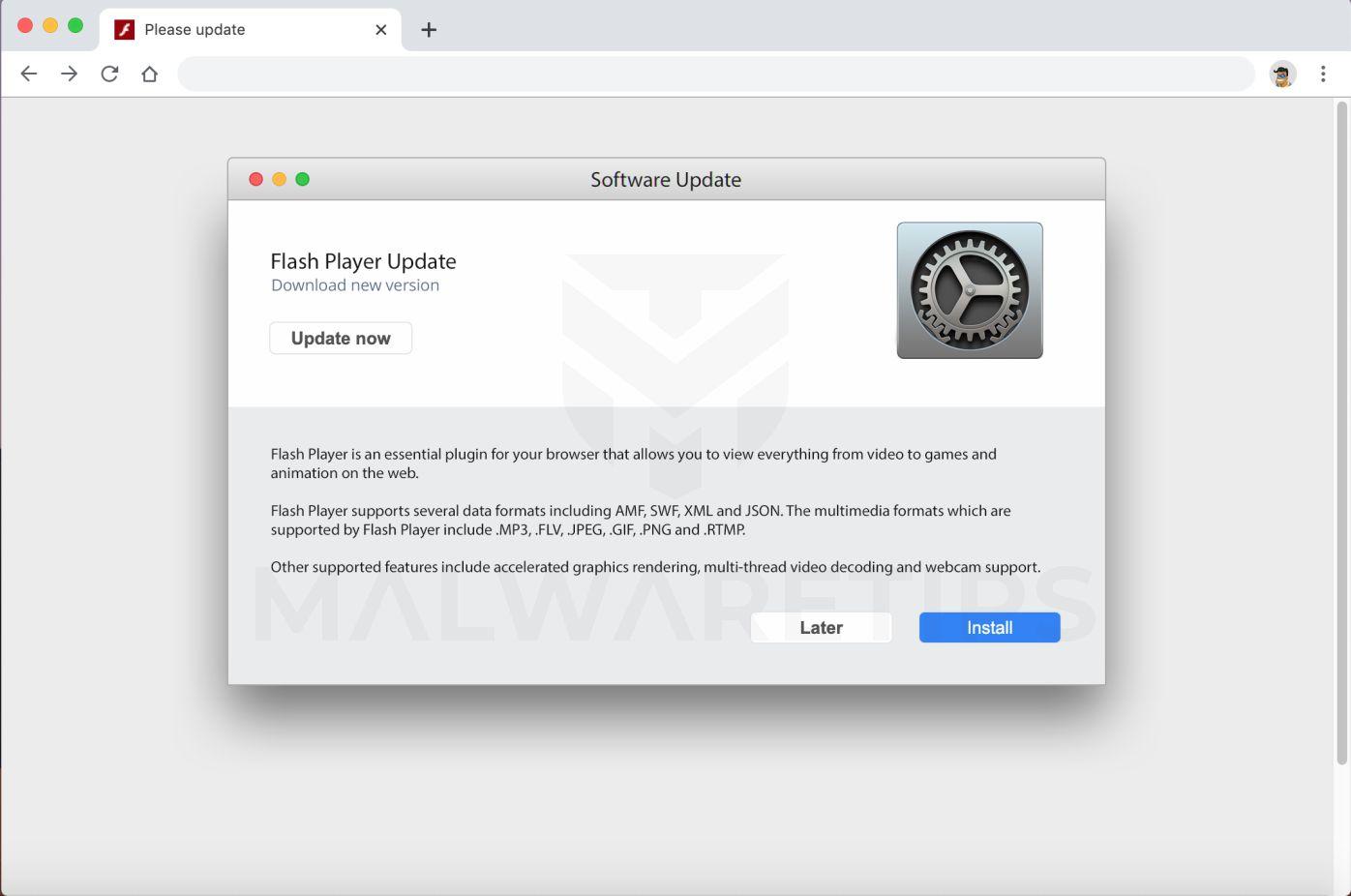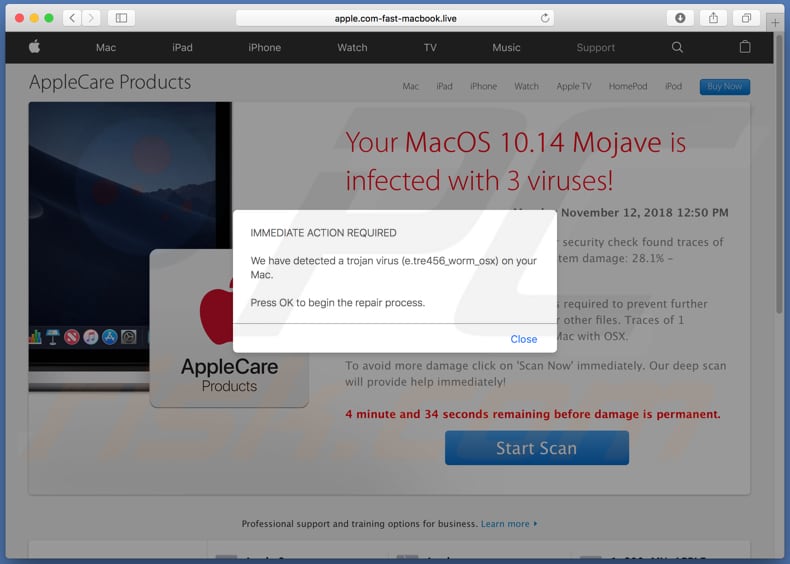- Mac Software Update
- Does Upgrading Mac Software Find Viruses Free
- Does Upgrading Mac Software Find Viruses Available
- Does Upgrading Mac Software Find Viruses Without
At every opportunity, Apple touts the security advantages of controlling both software and hardware: it's why the “It just works” slogan has become synonymous with the company. Still, Apple now has to address an industry-wide issue that leaves a portion of Macs vulnerable to hacker attacks.
Dec 10, 2020 Mac antivirus software isn't often checked by the independent testing labs, but Avast's most recent results were good, with AV Comparative's 2018 test finding the package detected 100 percent of. On Windows 10, calibration does not seem to be used across the system. File Explorer, Photos and other software don’t use the profile, Capture One & Lightroom will. I find this a deal breaker as photos look different depending on what you use, even a simple thing like a quick view to see what’s in a folder shows the wrong colours.
The Problem
The flaw, discovered by security researchers at Duo Labs, is in the EFI (Extensible Firmware Interface) firmware, which sits beneath the operating system. EFI is the BIOS replacement originally developed by Intel that aims to overcome the limitations of the PC BIOS. Due to the firmware's level of privileges, if a hacker can gain access to it then their attack cannot be detected. That changes with macOS 10.13 High Sierra, which contains a tool validating the authenticity of the firmware running on the Mac.

Download CleanMyMac X from MacPaw’s website and clean up to 500MB of junk data from your computer while enjoying all the features of the software without major limitations.

The vulnerability allowed the CIA, for example, to spy on targeted Mac users, as a so-called Vault 7 cache of secret CIA documents released by WikiLeaks show. The catch is that the flaw isn't new and seems to require physical access to the Mac in order to work.
What Does That Mean to Mac Users?
After analyzing 73,000 Macs currently in use, Duo Labs has discovered a discrepancy between the firmware versions they expected the machines to be running and the actual EFI version installed. That leaves a security hole in the system, because although users might have the latest OS version installed, if the EFI firmware is an older version, it lacks the latest fixes of known firmware issues.
Apple released EFI updates separately, but since 2015 the EFI update is bundled in the software update Apple has been pushing out to users. However, if you are running one of the 16 Mac models identified by Duo Labs, there is a chance that your system hasn’t received any EFI update at all: iMac 7,1 to 10,1, MacBook 5,1 and 5,2, MacBook Air 2,1 and more.
How You Can Check the EFI Firmware Version
Mac Software Update
You can check what EFI version your system is running by clicking on the Apple menu and selecting About This Mac > System Report > Hardware. In the hardware overview section macOS displays the Model Identifier, the Boot ROM version and the SMC version number your Mac is running.
You can compare that to the firmware update number Apple lists in a support document dedicated to EFI and SMC updates for Intel-based Mac computers. Apple has stopped updating that page since September 2017.
How to Update the Firmware
If the firmware version displayed in the hardware overview is older than that listed for your Mac, then download the firmware and apply the update. Or update the operating system to at least macOS 10.12.6 Sierra, because this will include all the necessary security updates and the correct firmware.
It's important to identify your Mac model, because that's how to correctly determine which firmware you’re on and how to install the necessary update. macOS won't let you install firmware that's not developed for the model you are trying to update.
The problem is that macOS won't alert users if an EFI update has failed to install on the hardware. Therefore it’s important the user checks manually, since they won't be able to close the backdoor that hackers can access to eavesdrop or steal sensitive information, and neither can Mac optimization apps. While CleanMyMac, MacKeeper, CCleaner, OnyX and the like are highly capable apps for keeping your Mac clean, they cannot alert users about the EFI firmware vulnerability.
Unfortunately, the same goes for anti-malware apps such as MalwareBytes, due to the EFI's nature of operating beneath the operating system software. As a result we recommend spending a couple of seconds to ensure your Mac is secure by checking if it is running the latest firmware version and, if not, upgrading as soon as you can.
EFI vulnerability isn't just related to Apple. Duo Labs has said that it has chosen the Apple ecosystem as it offered the most consistent data when compared to Microsoft's Windows PCs running Intel chips. As demonstrated by hackers years ago, the EFI flaw has been present in Windows PCs, allowing hackers to exploit it and install ransomware.
Best Mac Optimization Software of 2021
| Rank | Company | Info | Visit |
| |||
| |||
|
Does Upgrading Mac Software Find Viruses Free
Get the Best Deals on Mac Optimization Software
Stay up to date on the latest tech news and discounts on Mac optimization software with our monthly newsletter.
Do Macs get viruses?


Yes, unfortunately, Macs can and often get viruses and infected with malware and other pieces of malicious software that can cause problems for users and businesses. Cybercriminals are smarter than ever, and Macs — whose users are known to, on average, earn more than those who use Android or Microsoft Windows — are an attractive target.
According to Objective-by-the-Sea malware conference, around 20% of Macs are infected with PUPs or potentially unwanted programs.
For over a decade, malware and viruses have been created to target Mac operating systems, which means, sadly, the answer to “Can Mac get a virus?”; is yes. Now is the time to protect your Mac from a wide world of cyber threats, increased threat profiles, phishing scams and other dangers lurking around the deep dark web.
How to remove Mac viruses?
If you haven't been able to prevent a computer virus, you can at least implement a quick cure. A proven way is to use a powerful malware scanner, such as CleanMyMac X. It identifies thousands of threats, including adware, spyware, scareware, worms, cryptocurrency miners, so you can easily get rid of them. With CleanMyMac X, even if you’ve downloaded something that looked legitimate, yet later turned out to be malware, you can remove it, making sure it has gone for good.
Here is how to scan your Mac for malware:
- Download free version of CleanMyMac and launch the app.
- Choose the Malware Removal tab.
- Click Scan.
- Click Remove.
The above program is notarized by Apple and also has a real-time anti-malware detector. If something unusual pops up in your system Library, you'll get a quick alert and instruction on how to remove it.
Flashback vulnerability

One noticeable incident that infected 600,000 Mac computers (around 1% of all computers running macOS and OS X) was a case of Flashback malware that exploited a security flaw in Java. Apple recommended, after users had the malware removed, updating Java or removing it altogether. That was perhaps the most noticeable and widespread incident, although there are many others that occur every day impacting thousands of us who use an iMac, MacBook Air, MacBook Pro and other versions of Apple Mac computers.
How do Apple computers get viruses?
Not enough Mac users make use of anti-virus and anti-malware software. Unlike Windows, an ecosystem that traditionally faces more threats, there is greater visibility and faster response times from Microsoft. Apple has been criticized for not dealing with threats sooner.
Although they do build a lot of protections into macOS and OS X that people don't see and interact with. Unfortunately, in many cases, this is proving insufficient. Cybercriminals are getting smarter. Malware, in particular, is getting good at sneaking into computers silently and causing problems. Some signs of this include:
Does Upgrading Mac Software Find Viruses Available
More popups and ads than you would normally expect when browsing the web;
Suddenly getting redirected away from a page you were visiting;
‘Recommended updates’ and other indicators that you need a certain piece of seemingly legitimate software.
Mac users download these pieces of adware without realizing it. Some of the most common include VSearch, Conduit, Genieo, GoPhoto, Jollywallet, Savekeep, MacShop, Yontoo, Shopper Helper Pro, Slick Savings, PallMall, and Awesome Screenshot. These malicious pieces of tech are bundled into other seemingly legitimate downloads or email attachments, even social media images and videos, and once you've clicked accept, most anti-virus programs believe they're approved by the Mac user.
How to protect your Mac from viruses
Despite the rising tide of threats, there are steps you can take:
Keep your macOS, browsers and apps up-to-date.
Identify and remove malicious apps and files using a powerful Mac protection tool, such as CleanMyMac X. It is the simplest way to remove malware threats.
Use common sense when clicking emails, downloads or popups. If something looks like a scam, it usually is.
Stay safe!
Does Upgrading Mac Software Find Viruses Without
These might also interest you:
